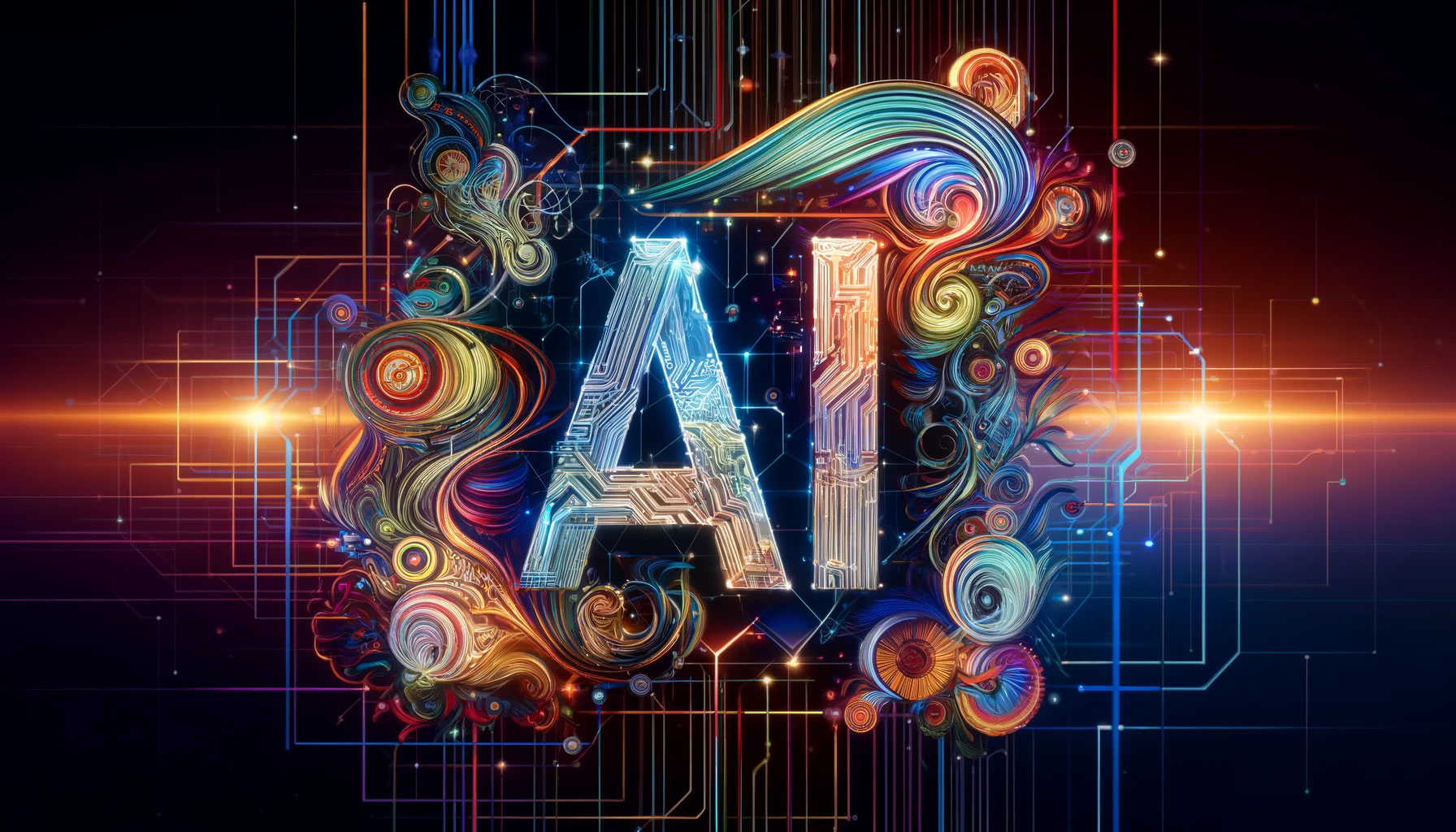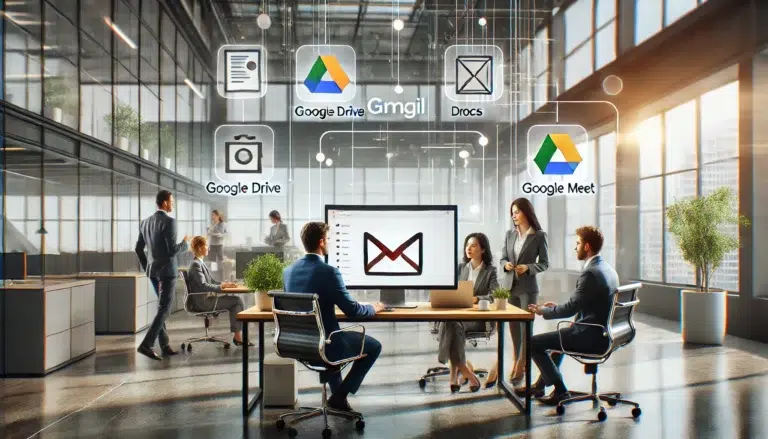The conversation around Artificial Intelligence (AI) and its capabilities has taken center stage in the rapidly changing landscape of technology and creativity. As we venture further into the unknown, one question that emerges with increasing frequency and fervor is: Can AI replace most font design work in the near future? This notion isn’t just a speculative query; it’s a profound consideration that shakes the foundation of creative domains, especially font design. In this comprehensive exploration, we will delve deep into the heart of AI’s role in font design, examining its current achievements, the hurdles it must overcome, and the broad ramifications for designers and the industry.
Integrating Artificial Intelligence in creative processes is no longer a distant dream; it’s a burgeoning reality transforming how we conceive, create, and interact with digital designs. Font design, a nuanced and intricate art form, stands at the precipice of this revolution. The prospect that AI could usurp 99% of font design work is as daunting as it is exhilarating. This article aims not just to report on this potential shift but to engage deeply with the implications, exploring how AI’s foray into font design epitomizes the broader challenges and opportunities technology brings to the creative industry.
Understanding AI’s Role in Font Design
At its core, font design is an art that marries aesthetics with functionality. Designers create visually appealing forms and ensure that these forms convey the right message and emotion, enhancing readability and user experience. Enter AI, with its ability to process and generate vast amounts of data at unprecedented speeds. In font design, AI’s capabilities have been harnessed to create fonts that adapt to the nuances of context, user preference, and application. From generating unique font styles based on specific criteria to adjusting kerning and weight for better legibility, AI’s involvement in font design reshapes the boundaries of what’s possible.
The Evolution of AI in Creative Domains
The infusion of AI into creative domains isn’t a novel phenomenon. However, its evolution has been marked by significant milestones, especially in areas requiring high creativity and personal touch, such as font design. Initially, AI’s role was largely supportive, automating repetitive tasks and aiding designers in the more technical aspects of their work. Today, we’re witnessing a paradigm shift where AI is not just a tool but a collaborator capable of producing work that rivals (and sometimes surpasses) human designers. This leap raises critical questions about the nature of creativity, the value of human touch in art, and the future of design professions.
Potential to Revolutionize Font Design
The revolutionary potential of AI in font design cannot be overstated. With algorithms that learn and adapt, AI can offer personalized font designs that respond to the needs of specific projects or audiences. For instance, AI can analyze a website’s content and suggest or even create a font that enhances readability and user engagement based on the site’s theme, target demographic, and content type. This level of customization extends beyond traditional font design methodologies, offering a dynamic and responsive design approach that could redefine the industry’s standards.
Moreover, AI’s ability to sift through and learn from historical font designs allows it to generate new fonts that are both innovative and deeply rooted in typographic principles. This synthesis of past and future designs has the potential to expand the font library with unprecedented speed, providing designers and users alike with a richer palette of options.
Challenges Facing AI in Font Design
Despite its promising advantages, integrating AI into font design is challenging. One of the primary concerns is the loss of the human element. Font design is not merely a technical task; it involves a deep understanding of cultural nuances, emotional undertones, and the subtleties of human perception. For all its computational prowess, AI lacks human designers’ innate sensitivity and empathy. Ensuring that AI-generated fonts retain a level of human touch is an ongoing challenge.
Another significant hurdle is the ethical implications of AI in creative work. Issues such as copyright, ownership, and the originality of AI-generated designs pose complex legal and moral questions. As AI becomes more autonomous in its creative capabilities, the industry must navigate these uncharted waters carefully to ensure fairness and respect for human designers’ intellectual property.
The Future of Human Designers in an AI-Dominant World
The prospect of AI replacing a significant portion of font design work raises concerns about the future role of human designers. However, rather than viewing AI as a threat, it can be seen as an opportunity to redefine the designer’s role. Machines cannot replicate human creativity, empathy, and understanding. Designers can leverage AI to take on the more mundane aspects of design work, freeing them to focus on the creative and innovative aspects that require a human touch. The future of font design may be a collaborative effort between human creativity and AI efficiency, complementing the other’s strengths.
Ethical Considerations and Industry Impacts
As AI plays a more prominent role in font design, ethical considerations, and industry impacts come to the forefront. Automating design tasks could lead to job displacement, necessitating reevaluating the skills and roles within the design industry. Additionally, ensuring that AI-generated designs are ethical and do not inadvertently perpetuate biases or stereotypes is paramount. The industry must establish guidelines and standards that govern the use of AI in design, ensuring that it enhances creativity and inclusivity rather than diminish them.
Conclusion
Whether AI can replace 99% of font design work is not just a matter of technological capability; it reflects the broader dialogue between humans and machines in creative spaces. As we stand on the brink of this new era, it’s clear that AI holds the potential to transform font design in ways we’re just beginning to understand. However, this transformation should not be viewed with trepidation but as an invitation to explore new frontiers of creativity. The future of font design, shaped by the collaborative efforts of AI and human designers, promises a landscape of endless possibilities where the beauty of type continues to evolve and inspire.















